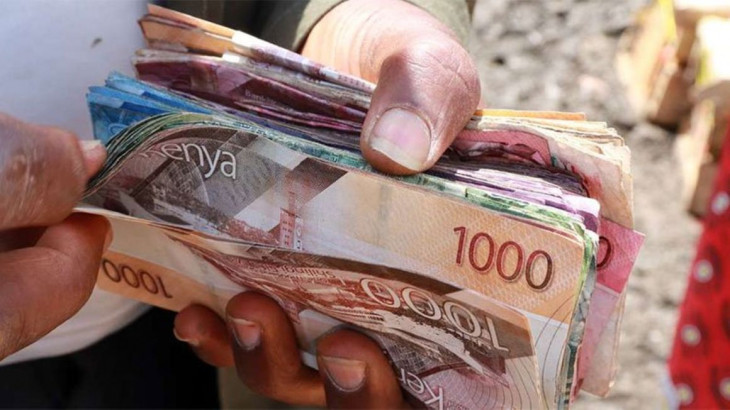Is shilling losing its mojo as other currencies gain?

Kenya shilling has depreciated by 0.69 per cent over the last one week, raising concern about its stability having gained substantially over the last one month.
According to Central Bank of Kenya (CBK) data, the Kenyan currency was yesterday trading at Sh132.3 to the dollar.
On Monday, it traded at Sh131 while on Friday it was exchanging at Sh131.4. It was a similar story against the British Pound and Euro, with the shilling sliding by 0.06 per cent and 0.86 per cent respectively.
The shilling began to strengthen against the greenback in 2024. It appreciated by 12 per cent to close at Sh143.6 to the US dollar in January, recovering from a 21 per cent loss in value the previous year.
Market reactions
This appreciation was largely due to positive market reactions to the oversubscribed Eurobond issuance of $1.5 billion on February 12, 2024. The highest exchange rate in 2024 was Sh163.50 to the US dollar on January 25. However, the shilling continued its upward trend, reaching a yearly high of 130 per US dollar on April 11. A senior research analyst with a local bank, who declined to be quoted told the Business Hub on phone that the recent slight depreciation could be due to banks paying their dividends to their foreign investors, speculation which created anxiety, and the feds not cutting their rates as was largely anticipated.
She said the banks have just announced their annual financials and dividends of which they have to pay between 40 per cent to 50 per cent to their foreign investors.
“Besides, the Feds were expected to cut their rates in June but because inflation is still high in the US, this might take long, meaning the yield on the US dollar is still high and attractive to investors,” the analyst added.
When banks pay dividends to foreign investors, they typically do so in the investor’s home currency.
This necessitates the purchase of foreign currencies like USD or EUR, leading to an increased demand for these currencies and an outflow of the domestic currency, which can cause it to depreciate. Yesterday, the bank analyst said she expects the shilling to depreciate by between 5 and 6 per cent by year end.












